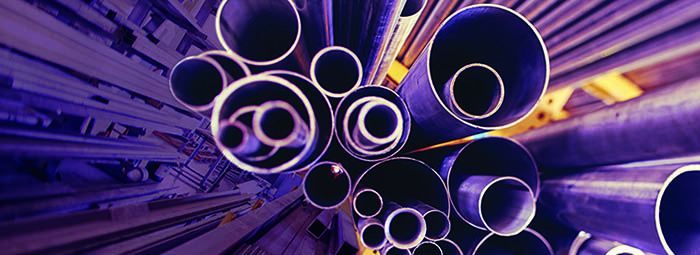
©2023 This excerpt taken from the article of the same name which appeared in ASHRAE Journal, vol. 65, no. 6, June 2023.
About the Authors
Kevin R. LaPlante, P.E., is senior mechanical engineer and group leader at CRB in Medford, Mass. He has been a member of ASHRAE since 2004.
Steam distribution piping transports thermal energy throughout industrial facilities in service of process, sterilization and environmental control needs. Proper sizing of this piping is essential to the overall operation, safety and reliability of steam systems. At worst, improperly sized piping can fail catastrophically, causing harm to people and damaging property. In less extreme scenarios, piping may be noisy, fail prematurely or not function as intended.
This article reviews guidelines for steam distribution system pipe sizing, general installation practices and common piping system pitfalls. Industrial facilities—manufacturing plants, processing plants and laboratories in particular—are the primary focus, although the guidelines are mostly suitable for other steam applications, such as commercial and institutional facilities.
Steam piping systems are composed of steam supply, liquid condensate recovery, two-phase condensate recovery and vent piping. Supply piping delivers steam from a boiler plant or other source to various high-pressure (15 to 150 psig [100 to 1000 kPag])* use points and pressure reducing stations. Condensate recovery piping returns steam condensate to the plant in liquid or two-phase form. Steam vents ensure atmospheric condensate recovery vessels do not become pressurized, while aiding in the prompt removal of condensate from equipment and drip legs. A simplified steam distribution system diagram is presented in Figure 1.
Pipe sizing methods outlined in the 2021 ASHRAE Handbook—Fundamentals1 involve the use of nomograms, charts and tables—a time-consuming and error-prone process. In fact, this pipe sizing approach requires the use of no less than nine charts and tables many times throughout a typical industrial steam piping system design. This article presents a formulaic approach to pipe sizing, enabling practitioners to automate many steps in the process using their choice of computational software.
Read the Full Article
ASHRAE Members have free access to the full-text PDF of this article as well as the complete ASHRAE Journal archives back to 1997 in the Free Member Access Area.
Non-members can purchase features from the ASHRAE Bookstore. Or, Join ASHRAE!
Return to Featured Article Excerpts
Return to ASHRAE Journal Featured Article Excerpts